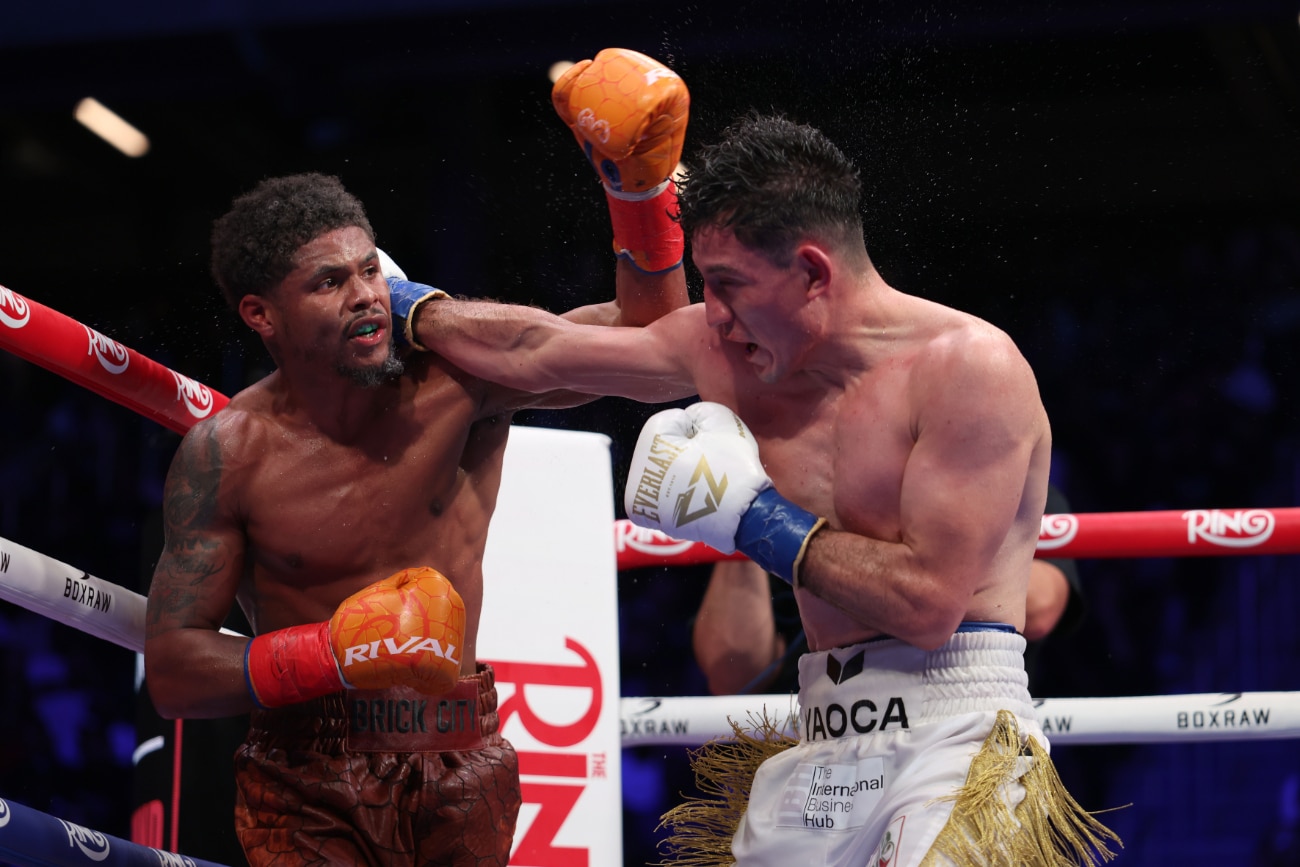PROTECT YOUR DNA WITH QUANTUM TECHNOLOGY
Orgo-Life the new way to the future Advertising by Adpathway Robert Edwards-Imagn Images
Robert Edwards-Imagn ImagesWell, the dream is dead. Throughout the season, I have been tracking Nick Allen’s chances of reopening the Homerless Qualifier Club, the exclusive fraternity of players who make enough plate appearances to qualify for the batting title but fail to hit a single home run. In 2022, Myles Straw became the only entrant since 2012 and just the 19th of the century. Allen has played in 128 of Atlanta’s 139 games, but batting last and frequently giving up his spot in favor of a pinch-hitter has kept him just under the threshold of 3.1 plate appearances per game all season long. The cruel cat-and-mouse game is finally over, though, because the Braves have claimed Ha-Seong Kim from the Rays off waivers. Kim started at shortstop on Tuesday, going 2-for-4. Manager Brian Snitker made it clear that Kim will play there for the remainder of the season.
Kim tore the labrum in his right shoulder on August 18 last year, requiring surgery and putting an unceremonious end to his final season with the Padres. The Rays took a gamble on him knowing that he wouldn’t be available until May at the earliest, signing him on a two-year deal with an opt-out for $13 million this year (with $2 million more in incentives), then $16 million in 2026. If he performed well, Tampa Bay would have him for one season at a big discount, and he’d get a second shot at having a proper platform year. Instead, Kim’s return was delayed until July by hamstring and calf injuries, and lower back issues put him on the IL twice more in the past two months. In all, Kim got into just 24 games with the Rays, making 93 plate appearances and recording a wRC+ of 72, his worst offensive showing since 2021, his first year in the U.S. That made keeping Kim around for the 2026 season too big a risk for the Rays.
All of this is a shame. Kim is a great player, an excellent, versatile defender with a solid bat, and injuries have now robbed him of his second chance to sign a deal that would reflect that excellence. Even if he puts up a fantastic 2026 campaign, he’ll be re-entering free agency after his age-30 season, which isn’t easy for a player whose value is so wrapped up in his glove.
Now, the Braves are the team taking a chance on Kim. Unless he puts up the greatest September in recent memory, he will forego his opt-out and get paid $16 million to anchor the Atlanta infield in 2026. He wouldn’t have to return all the way to the form he showed from 2022 to 2024 – when he ran a 106 wRC+ with 15 DRS and 7 FRV to average 4.0 WAR per 162 games – in order to make that a bargain. Still, he represents a risk. Atlanta is tying itself to a player who has suffered several minor injuries while recovering from a major one, and who hasn’t performed in his limited time with Tampa Bay. On the other hand, that time was so limited that it’s hard to tell where the noise leaves off and the signal starts.
In addition to his 93 plate appearances with the Rays, Kim also made 91 during his Triple-A rehab stint. Especially for someone coming off shoulder surgery, especially for someone who missed nearly a year, that’s nowhere near enough time to have a sense of whether he’ll return to his previous level as a hitter. Kim has walked less and struck out more, and he’s slugged less too. His swing decisions have been worse, and he’s making less contact. That’s not encouraging, but it’s also indistinguishable from rust, and the small sample size can hide plenty. For example, Kim has seen way more pitches on the edge of the strike zone so far this season; that’s the kind of fluky thing that doesn’t last forever but makes swing decisions and contact quality look much worse than they really are. Kim’s zone contact rate fell from 86.6% last year to 82.6% to this year. But if we look only at pitches over heart of the plate, ignoring those trickier decisions at the edge, the drop is much smaller, from 89.0% to 87.1%.
There’s good news too. Just last night, Kim hit a ball 107.2 mph, and his maximum exit velocity last season was 107.9 mph. His average bat speed and fast swing rate are both higher than they were last year. After ripping three hard-hit balls in his Braves debut, his average exit velocity has jumped up to a career-high 88.7 mph. The two fastest tracked swings of his career both have come this season. That’s not to say that Kim is suddenly going to turn into a power hitter, but despite the litany of injuries he’s had to work through, he doesn’t seem physically hampered at the plate.
If I were the Braves, I’d be more concerned about Kim’s arm. So far this season, Statcast has his average arm strength at 83.9 mph, down from 88.0 mph in 2024. More concerning, his fastest throw is 87.1 mph, compared to 92.0 mph last year. To be fair, Kim has played very little this season. Statcast has him with just 74 throws from short, and most of them were easy chances. I watched tape looking for plays when he got a lot on a throw. I’m not sure I can see the difference in arm speed with the naked eye. The package below contains three plays with tough throws. The first is from 2024, and the second and third are from 2025.
They’re not identical plays by any means, but still, I’m not sure Kim had all that much more on the first throw. Maybe he has lost some arm speed this season, and maybe it’s gone for good, but it’s probably too early to tell for sure. This will really affect Kim’s outlook going forward. Much of his value comes from his glove, and his bat plays up even more because he has the arm to play shortstop. If he’s not quite as good there, or if he has to shift down the defensive spectrum, he’s less of a weapon. Still, if he bounces back at all, he will represent a real upgrade for Atlanta.
Allen has started 123 of the Braves 138 games. With a wRC+ of just 52, he’s been the worst everyday hitter in all of baseball this season. No player with a worse batting line has gotten more than 250 plate appearances. It’s not just that Allen doesn’t hit homers. He doesn’t get on base at all. He has put up 0.7 WAR by virtue of his defense. That’s 0.86 WAR per 500 plate appearances, compared to 0.73 for Kim, but we should expect Kim to improve next year, and you can’t say that for Allen.
Taking Kim on is not without its risks, but it makes a lot of sense for this Atlanta team. Like Kim, this entire team is hoping to bounce back from injuries and underperformance in 2026. Although the Braves will miss the playoffs for the first time since 2017, they don’t have a ton of holes to fill. Ronald Acuña Jr. will be back in right field next year. Center fielder Michael Harris II is finally hitting again after a dreadful start. Despite being busted for PEDs, Jurickson Profar will be back in left field for the next two seasons. Austin Riley is out with core muscle surgery after his own down year, but he’ll be back at third base. Ozzie Albies is suffering through his second down year at second base, but it would still be a surprise if the team didn’t pick up his 2026 option. Matt Olson is having a bounce-back campaign at first base. Lastly, Sean Murphy and Drake Baldwin, who have shared the catcher spot with two very hot bats (despite a second-half downturn for Murphy) will both be back next season. That’s every spot spoken for except shortstop, and the 2026 free agent class isn’t looking very promising. Unless the Braves were planning on spending big bucks to land Bo Bichette, they weren’t going to find anyone better than Kim.
Before we sign off, let’s get back to the home runs — or, more precisely, the lack of them. As David Laurila pointed out on Sunday, the Braves are the only team without a home run from the shortstop position. As it turns out, if they can keep that dubious streak going, they’ll be just the second team since 1993 to achieve the feat. The 2010 Rangers, fronted by Elvis Andrus and his .036 ISO over 671 plate appearances as a shortstop, were the last team to go an entire season without having anyone hit home run while playing that position.
The good news – well, bad for the Braves but good for fans of statistical anomalies – is that Kim is less likely than most shortstops to turn things around in the power department. Still, the odds aren’t necessarily in Atlanta’s favor. Over the course of his career, he’s homered in 2.5% of his plate appearances, and so far this season, he’s at 2.1%. Let’s estimate that he’ll get around 100 plate appearances over the remaining games. We should probably expect two home runs. If we give him a 2.5% chance of homering in any individual plate appearance, that means there’s just an 8% chance he doesn’t homer over his next 100 times up. If we take this season’s numbers, that only bumps it up to a 12% chance that he’ll go without a home run with Atlanta this season. Still, he’s put up six stretches of at least 24 homerless games over his five seasons stateside. That 100-PA number is probably a little high, and if the team gives him any rest in favor of Allen, we can comfortably tack a few more percentage points onto that estimate. The Braves won’t contribute a homerless qualifier, but they’ve still got a fighting chance to put up the second homerless shortstop season since the introduction of the TI-82 calculator.


 2 hours ago
4
2 hours ago
4

















 English (US) ·
English (US) ·  French (CA) ·
French (CA) ·